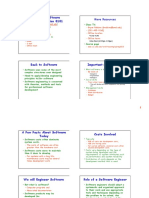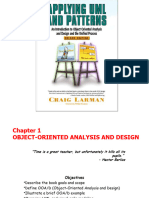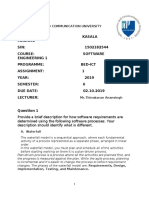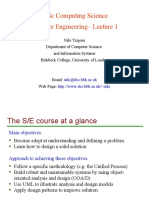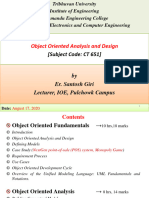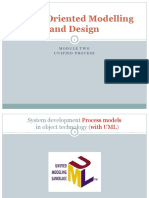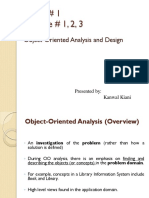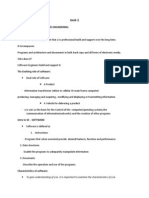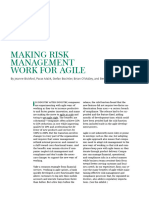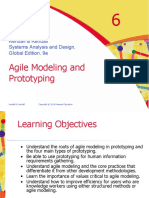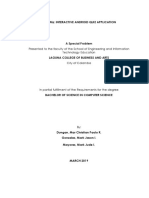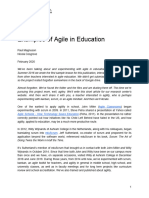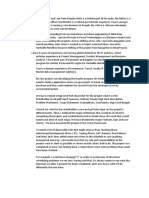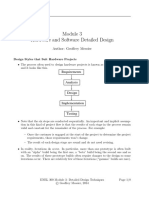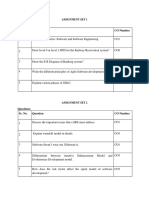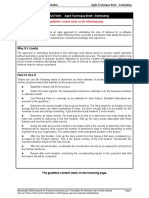0% found this document useful (0 votes)
95 views30 pagesData Analysis
The document covers Object-Oriented Analysis and Design (OOA/OOD) principles, emphasizing the use of the Unified Modeling Language (UML) for capturing software blueprints and the importance of understanding requirements before design. It discusses the iterative, evolutionary, and agile approaches to software development, as well as the significance of outsourcing and various sources of software. Additionally, it outlines the Systems Development Life Cycle (SDLC) and modern methodologies for systems analysis and design, including the need for effective requirements determination.
Uploaded by
nourhan.alam11Copyright
© © All Rights Reserved
We take content rights seriously. If you suspect this is your content, claim it here.
Available Formats
Download as DOCX, PDF, TXT or read online on Scribd
0% found this document useful (0 votes)
95 views30 pagesData Analysis
The document covers Object-Oriented Analysis and Design (OOA/OOD) principles, emphasizing the use of the Unified Modeling Language (UML) for capturing software blueprints and the importance of understanding requirements before design. It discusses the iterative, evolutionary, and agile approaches to software development, as well as the significance of outsourcing and various sources of software. Additionally, it outlines the Systems Development Life Cycle (SDLC) and modern methodologies for systems analysis and design, including the need for effective requirements determination.
Uploaded by
nourhan.alam11Copyright
© © All Rights Reserved
We take content rights seriously. If you suspect this is your content, claim it here.
Available Formats
Download as DOCX, PDF, TXT or read online on Scribd
/ 30







